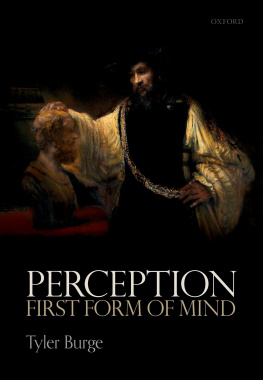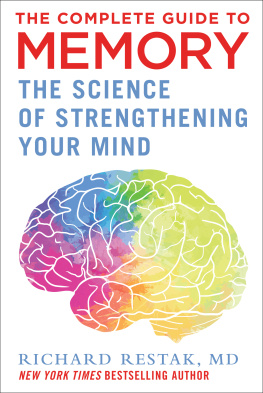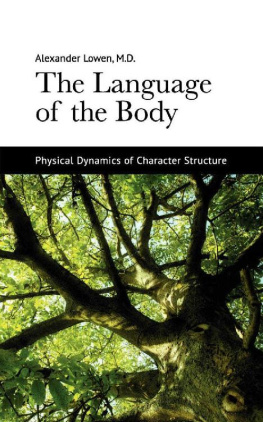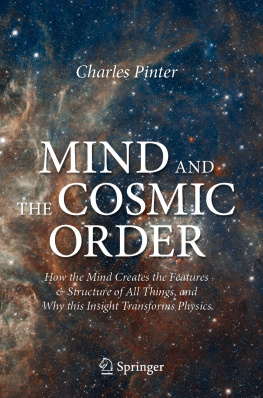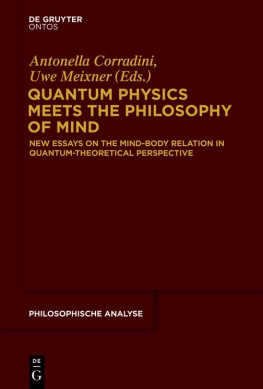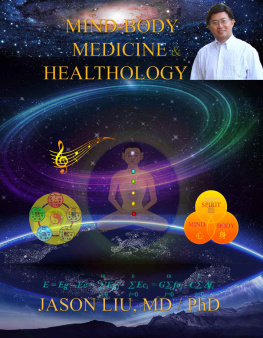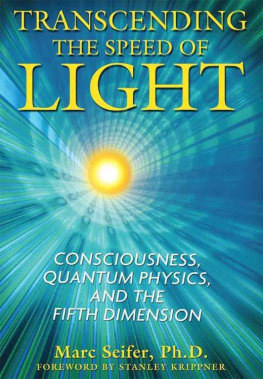Introduction
William Jaworski
Abstract and Keywords
Hylomorphism claims that structure is a basic ontological and explanatory principle. Beings like us are composed of physical materials with a certain organization or structure. That structure is responsible for us being and persisting as humans, and it is responsible for us having the developmental, metabolic, reproductive, perceptive, and cognitive powers we have. Without a basic principle like hylomorphic structure that carves out individuals with distinctive powers, the existence of those powers in the natural world can start to look inexplicable and mysterious. If there is hylomorphic structure, however, distinctive powers like yours and mine exist in the natural world because structure exists in the natural world. Despite differing in its basic principles from familiar mind-body theories, hylomorphism has a familiar profile. It is naturalistic and antireductive, yet it rejects both physicalism and some of the central tenets of classic emergentism.
I regard the mind-body problem as wide open and extremely confusing.
Saul Kripke
[I]t is characteristic of our time, even while rejecting dualism, to take its questions to be fundamental starting points.
Martha Nussbaum
[T]he solution of the problem of mind-body is to be found in a revision of the preliminary assumptions which generate the problem.
John Dewey
[W]ithin the framework of Aristotelian metaphysics and psychology there can be no mind-body problem.
Mortimer Adler
[H]ylomorphism is on the rise in contemporary metaphysics.
Michael C. Rea
The foregoing quotes suggest a research project, one that looks to solve mind-body problems by appeal to hylomorphism. Hylomorphism claims that structure (or organization, form, arrangement, order, or configuration) is a basic ontological and explanatory principle. Some individuals, paradigmatically living things, consist of materials that are structured or organized in various ways. You and I are not mere quantities of physical materials; we are quantities of physical materials with a certain organization or structure. That structure is responsible for us being and persisting as humans, and it is responsible for us having the particular developmental, metabolic, reproductive, perceptive, and cognitive capacities we have.
Hylomorphists take mind-body problems to be symptomatic of a worldview that rejects structure. Hylomorphic structure carves out distinctive individuals from the otherwise undifferentiated sea of matter and energy that is or will be described by our best physics, and it confers on those individuals distinctive powers. If hylomorphic structure exists, then the physical universe is punctuated with pockets of organized change and stabilitycomposite physical objects (paradigmatically living things) (p.2)whose structures confer on them powers that distinguish what they can do from what unstructured materials can do. If those powers include the abilities to think, feel, perceive, and act, then hylomorphic structure provides a way of locating mind in a physical world.
If structure is uncontroversially part of the physical world, and mental phenomena are species of structural phenomena, then they must be uncontroversially part of the physical world as well. A worldview that rejects hylomorphic structure, by contrast, is a worldview that lacks a basic principle which distinguishes the parts of the physical universe that can think, feel, and perceive from those that cant, and without a basic principle that carves out zones with distinctive powers, the existence of those powers in the natural world can start to look inexplicable and mysterious. If there is nothing built into the basic fabric of the universe that explains why Zone A has powers that Zone B lacksif nothing explains why you, say, have the power to think, feel, and perceive, while the materials surrounding you do not, then the options for understanding the existence of those powers in the natural world become constrained: either those powers must be identified with the powers of physical materials taken by themselves or in combination (as panpsychists and many physicalists claim), or their existence must be taken as an inexplicable matter of fact (as many emergentists and epiphenomenalists claim), or their existence in the natural world must be denied altogether (as substance dualists and eliminative physicalists claim). If there is hylomorphic structure, however, the options are no longer constrained in the foregoing way. Distinctive powers like yours and mine exist in the natural world because structure exists in the natural world. Moreover, because structure is a basic principle on the hylomorphic view, this does not simply push the demand for an explanation back a step. A frameworks basic principles stand in need of no further explanation within that framework. Structure and things that get structured are both basic on the hylomorphic view. Nothing must explain why the former exists any more than something must explain why the latter does. As a result, the view leaves it unmysterious why and how mental phenomena exist in the natural world.
Despite differing in its basic principles from familiar mind-body theories, hylomorphism has a familiar profile. On the one hand, it is naturalistic; it claims that we are physical beings with physical components, and that our distinctive powers to think, feel, perceive, and act are essentially embodied in the physical materials that compose us. On the other hand, it is antireductive; it denies that descriptions and explanations of those powers are reducible to the descriptions and explanations provided by physics, chemistry, or neuroscience. The reason is that there is more to having and exercising those powers than the materials and conditions that lower-level sciences describe and explain. In particular, there are the higher-level structures that unify simpler lower-level entities and occurrences into more complex individuals and activities. These structures are what delineate the subject matters of special sciences such as biology and psychology, and what secure the autonomy those sciences enjoy.
: chapters 1011; 2012), but Ive not described in detail the metaphysics underlying those solutions. This book aims to do precisely that.
Hylomorphic metaphysics has been much neglected since the seventeenth century. As a result, the biggest challenge facing hylomorphists is to articulate their view with enough detail and rigor to enable it to compete with more familiar alternatives. Often when philosophers discuss hylomorphism they approach it historically in terms of what Aristotle, Aquinas, Leibniz, or some other philosopher of the past has claimed. That is not my approach. The hylomorphic theory I defend dovetails with current work in metaphysics, philosophy of mind, and scientific disciplines such as biology and neuroscience. I argue that there are good philosophical and empirical reasons to reintroduce hylomorphisms core notion of organization or structure. The descriptions and explanations of living behavior advanced by many biologists, neuroscientists, and other empirical practitioners posit notions of organization or structure that play theoretical roles like the hylomorphic notion. If we are committed to countenancing the entities postulated by our best descriptions and explanations of reality, and we think those descriptions and explanations derive from empirical sources such as the sciences, then scientific appeals to structure make a serious ontological demand. The most direct way of meeting that demand is to take scientific appeals to structure at face valueto claim that structure really exists, and that it plays the theoretical roles those appeals imply. We can express those roles with some slogans:
Structure matters




